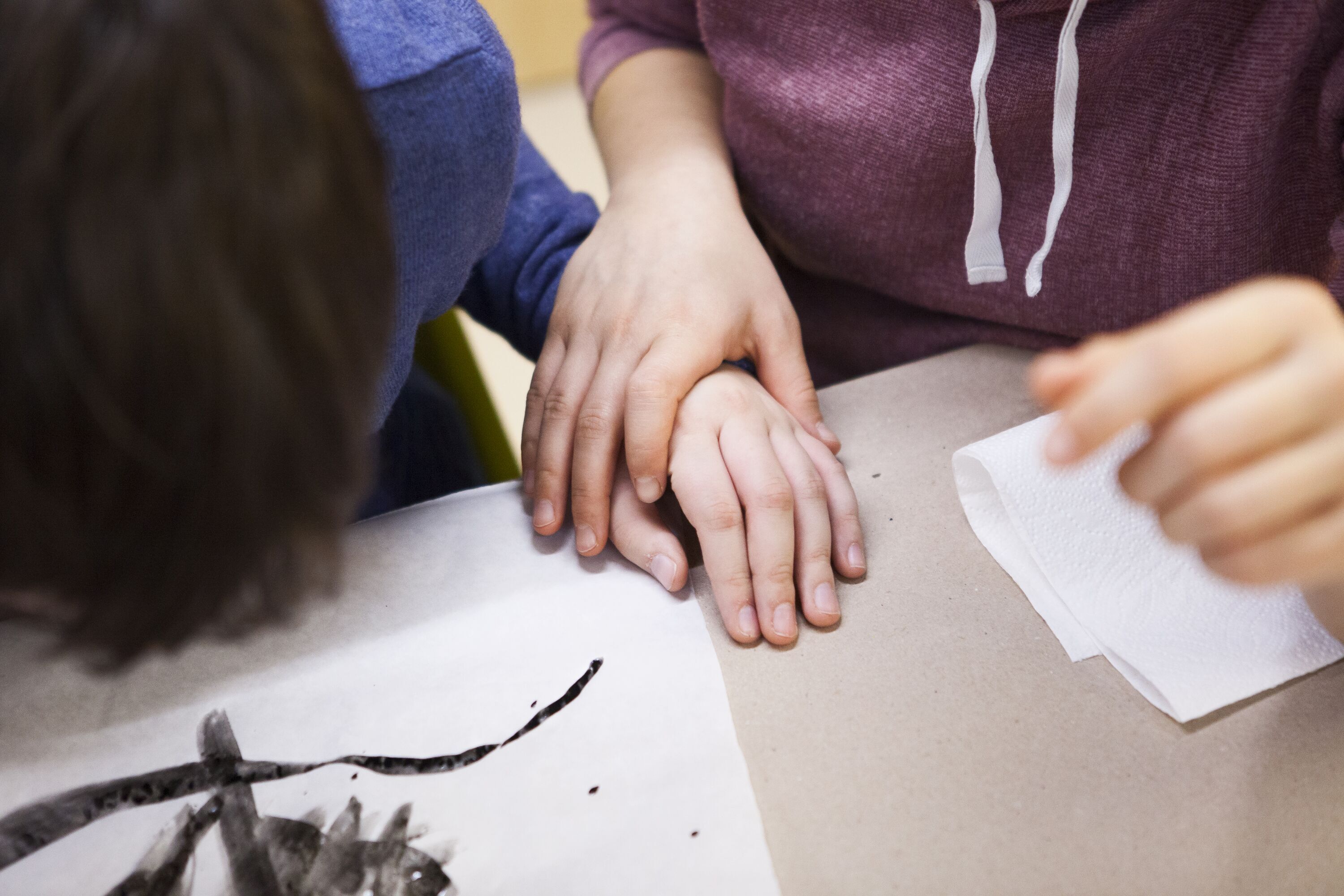Less is More. Limited Perceptual Abilities in ‘Aesthetics of Emotions’ Artworks

Courtesy of Garage Museum of Contemporary Art
Art working with the topic of boundaries and limitations mostly falls within the category of socio-cultural practices. The experiences of temporary blindness, color blindness, impaired bodily sensations, and other limitations and changes of perceptual abilities in works by contemporary artists are viewed in this article not as an integration technology, but as an artistic device and a method of contemporary art. The author explores the relation of the term ‘inclusive art’ to the existing notions of art brut, disability art, and outsider art, and offers a typology of artworks focusing on limited or changed perceptual abilities, even if the impetus for their creation had nothing to do with the inclusion of socially excluded groups in society and culture. By examining exhibitions and individual artworks, the author analyzes the relation of the limitations trend to the concepts of ‘aesthetics of emotions’, ‘haptic aesthetics’, and ‘empirical turn’ in contemporary art.
To link to this item: https://doi.org/10.35074/GJ.2020.1.1.009


